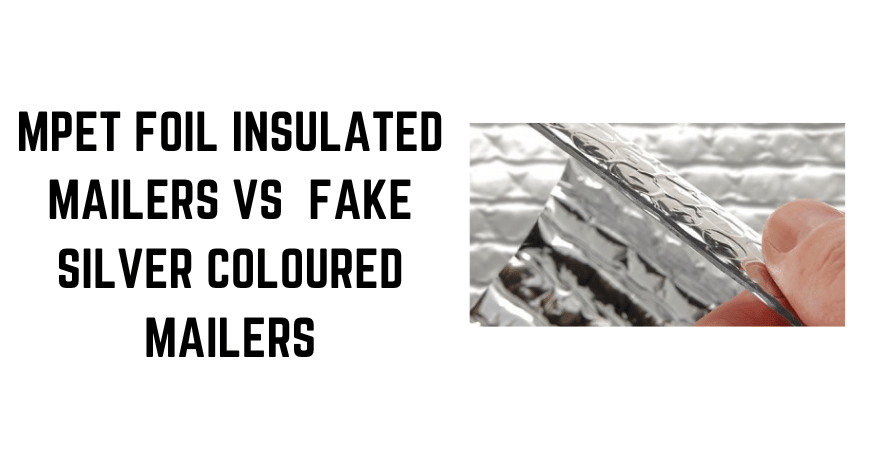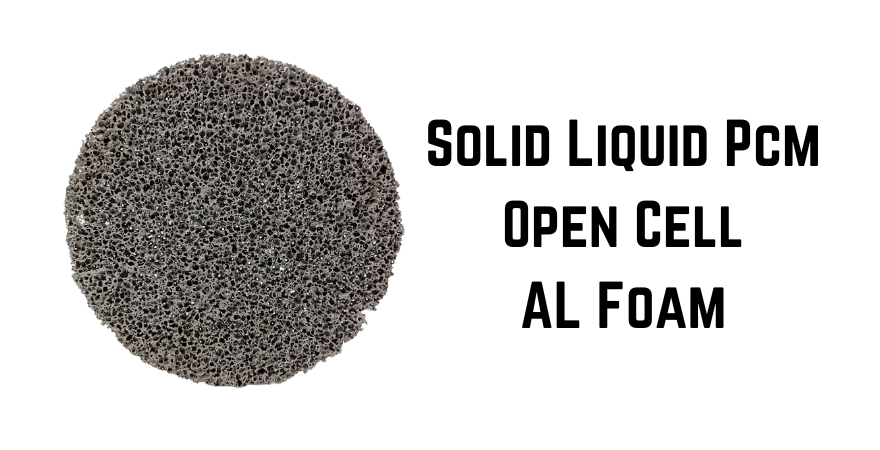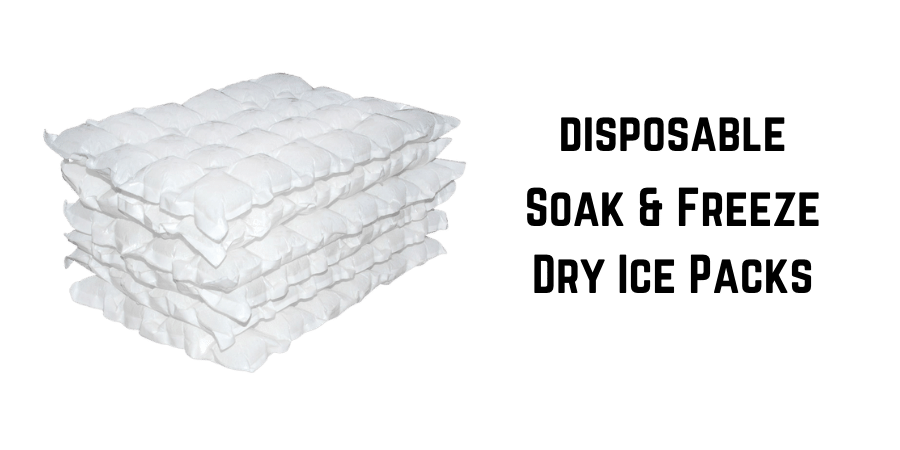How to Store and Transport Blood
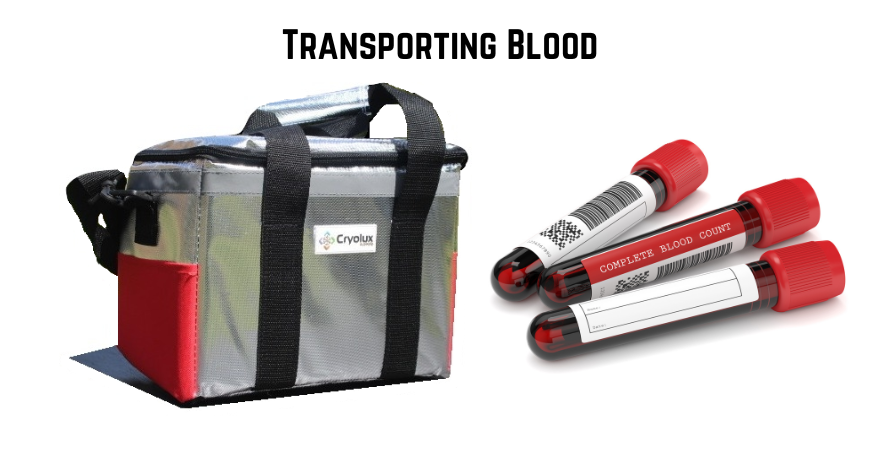
A person may require a blood transfusion in cases of significant blood loss, such as due to injury, surgical procedures, or underlying health conditions like anaemia (characterised by a low level of red blood cells).
Components of Blood and Their Functions:
Red Blood Cells (RBCs): Responsible for transporting oxygen and carbon dioxide to and from tissues, as well as delivering essential nutrients to body tissues.
White Blood Cells (WBCs): Essential for defending the body against infections.
Platelets: Small cell fragments that aid in blood clotting (coagulation) by accumulating at sites of injury, adhering to the lining of damaged blood vessels, and forming a foundation for clot formation.
Plasma: The liquid component of blood that suspends cellular elements. Plasma serves to transport blood cells, along with vital components such as nutrients, antibodies, clotting proteins, and hormones throughout the body.
Blood Collection and Extraction of Blood Components:
Whole Blood Collection: Blood is obtained from the donor at body temperature (+37°C) and collected into pre-cooled, internally sterilised, hermetically sealable plastic bags containing anticoagulants to prevent clotting and preserve nutrients. It is imperative to maintain the temperature of whole blood within a range of +20 to +24°C during transportation, ensuring proper insulation and refrigeration methods are employed to safeguard its integrity.
Extraction and Storage of Blood Components:
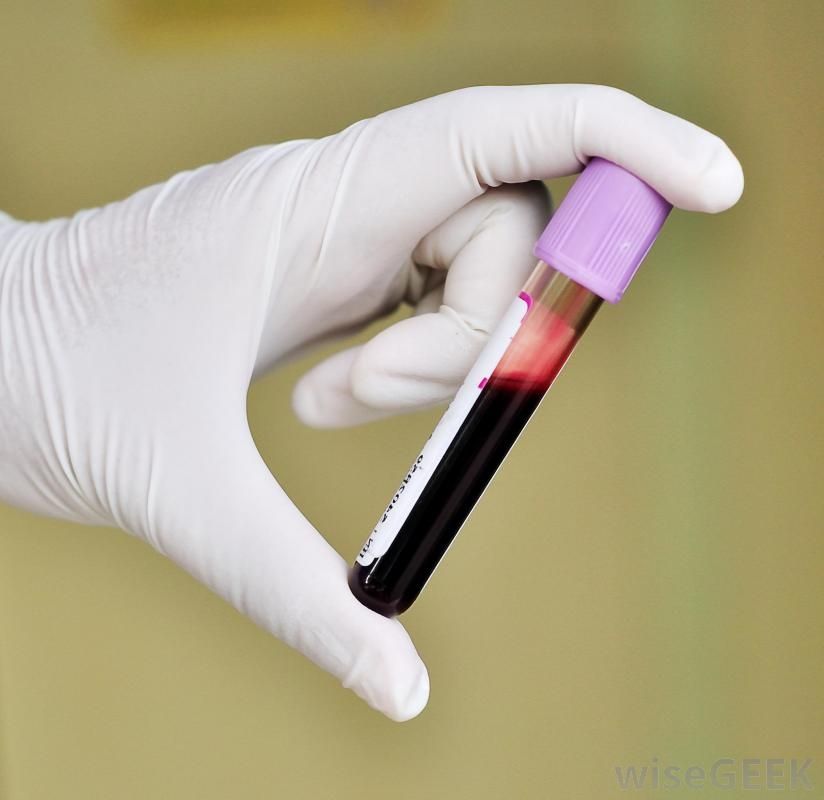
Whole blood undergoes centrifugation to separate its components within six hours of collection. Red blood cells settle at the bottom of the blood bag, while white blood cells and platelets remain suspended above, and plasma forms a thin film on the surface. Special filters are utilised to remove potentially harmful white blood cells before separating plasma with platelets into separate bags. Red blood cells concentrate, preserved in saline fluid with additive solutions to enhance storage and shelf life, require storage between +2 to +6°C to prevent freezing or bacterial proliferation.
Platelet concentrates, stored at room temperature (+20 to +24°C) with continuous agitation to maintain viability, have a shelf life limited to five days to minimise bacterial growth risks.
Fast Frozen Plasma (FFP), obtained by promptly freezing plasma separated from whole blood, is maintained at temperatures <= -20°C with an optimal range of <= -30°C, ensuring a shelf life of three years.
Cryoprecipitate, essential for correcting certain coagulation disorders, necessitates storage temperatures <=- 25°C with a shelf life of 36 months.
Plasma derivatives, including albumin and immunoglobulins, obtained through plasma fractionation, are stored at +2 to +8°C without freezing.
Blood Storage Equipment and Temperature Control:
Room Temperature Storage facilities:
The requirement of bulk storage of blood specimens from Blood banks/ hospitals +20 to +24 Dec C is met by controlled cold rooms with a sterile environment to avoid contamination during handling. The temperature should be controlled to be maintained within the specified range irrespective of external temperature conditions. Standby electrical power supply has to be made available for control equipment to handle the failure of normal power supply. Entry/ exit doors for these areas should be provided with automatic closing features along with an alarm system to indicate door open conditions. The alarm system should be employed to warn of out-of-range temperature requirements. The setting temperature for Low /High temp limits should be slightly within the limits so that enough time allowance is provided to the operational staff to take any emergency action as required in time. Refrigerators with double doors have to be employed in blood processing areas. Large single-door refrigerators for hospital blood banks and small emergency refrigerators inwards are recommended.
For temperature requirements of +2 to 6 Deg C, large-size refrigerators with double doors have to be made use of. Data loggers capable of logging inside temperature at set intervals with the capability to download the data to the external computer and analysis through software have to be made use of. The data loggers should be battery-powered.
Plasma storage freezers: These freezers should maintain the plasma content at <= -25 Deg C. During the defrost cycle, the inside temperature rises by about 5 Deg C. Hence, temperature setting should be kept below - 30 Deg C. CFC-free refrigerators should be employed.
All these facilities should be handled by trained personnel with assigned responsibilities and also should have substitute personnel to handle the task in case of any requirement.
Transport of Blood and Blood Components:
The temperature requirement applicable for transport is generally the same as that of storage requirements. Transport of blood/components could arise from the blood bank to the hospital or between blood banks. The transport could be by road, by air, or ship as the case may be.
The transport containers are of two types, namely, reusable and disposable. Reusable containers are made of formed plastic or fibreglass filled with High-Density Polyurethane. They should be easy to clean and store. They should be tamper-proof. They should have been evaluated for the intended application. The disposable containers are made of moisture-resistant cardboard boxes with polyurethane foam inside.
The containers employed should be an insulated box built and tested for the intended. The coolant material is kept inside the box along with blood/components (payload). The requirement of coolant should be estimated to maintain the payload within specified limits for the duration of transit under extreme external temperatures forecast. Battery-powered Data loggers should be employed to record inside temperature with temperature probes at pre-set periodic intervals. At the end of the transit, the temperature recordings available could be the basis for deciding the suitability of the product for transfusion.
The Refrigerant material for transportation of Blood components:
The passive Cryophase Phase Change Materials (PCMs) are employed inside the insulated Container to keep the payload/ blood component at a predetermined temperature as per requirement within a narrow range for long periods during transit. The principle of operation of Cryophase PCMs is as follows:
In the case of blood/components, the temperature required for various components are as follows;
Whole blood: + 20 to 24 Deg C
Red Blood Cells (RBCs): + 2 to 6 Deg C
Platelets: + 20 to 24 Deg C
Fast Frozen Plasma: <= - 30 Deg C
Crypto precipitate: <= - 30 Deg C
In practice, the product/payload temperature in insulated containers is generally warmer by a few degrees.
For example, Dry Ice (frozen Carbon dioxide) has the potential to reduce the temperature to < - 6o Deg C if an excess amount of dry ice is used. However, dry ice is expensive and hazardous. Hence Cryophase phase change materials after being conditioned to the right temperature with quality insulated coolers are able to bring down the payload temperature
Cryolux has developed various types of PCMs ( Phase Change Materials ) PCM Gel packs and ice packs for use in positive and negative temperature ranges. For the blood chain requirement, appropriate Cryophase PCM could be selected and employed for effective and cost considerations.
Effective Maintenance of temperature from the time of collection, through testing, processing, labelling, and transportation up to the point of issue for transfusion to the recipient makes it a successful Cold Chain Project.


